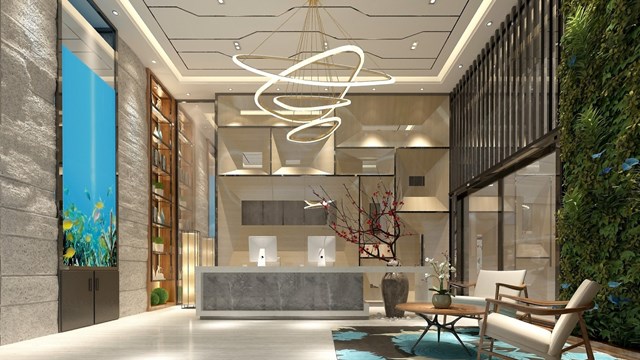
With so many woods to choose from, it can be a daunting task to make a decision. Luckily, we've whittled down the list for you. Certain species have proven to be popular throughout history - and for very good reasons. Here's a sampling of some of the dreamiest species:
Mahogany: With its naturally rich, hue, mahogany won hands down as the
all-time favorite amongst millers. Not only is it beautiful, but it's water-resistant,
and easy to carve—which makes it perfect for detail work. The one big problem?
Mahogany's popularity is also its curse—it's becoming endangered due to
overlogging—which is bad for the environment, and worse for the price of
mahogany.
Poplar: Also renowned for its sturdiness in the face of moisture, poplar is another highly sought variety. In its natural state, it's a very pale off-white. It's stronger and smoother than pine (which looks similar), though more expensive. However, it doesn't take stain well due to variations in its color.
Cherry: Another tough customer, cherry wood is a warm, rich color, which gets darker with age (a property unique to its species). A real attention-getter, cherry is having its moment in the sun, as dark colors and jewel tones are all the rage right now. That said, even if the trend dies down, cherry probably won't ever go out of style, per se.
Maple: Maple is the way to go for minimalists. With its fine grain, and smooth texture, maple is elegant and modern, perfect for a clean, airy look.
Ponderosa Pine: Pine has been a favorite of builders for centuries. According to the U.S. Forest Service, Ponderosa is "quite uniform in texture and has little tendency to warp and twist. It is generally straight grained and suffers little shrinkage." It is also one of the most eco-friendly choices, since it's being grown sustainably, unlike many other popular woods. Best of all, it also tends to be one of the less expensive woods available. Just beware; there are other, less desirable types of pine out there as well-so make sure you know what you're getting.
Oak: Oak's great claim to fame is its hardness. It is the hardest wood of all-just try putting a nail through it and see. This makes it extremely strong, but also expensive to work with because labor costs are higher. It is generally seen as the gold standard for flooring. Red oak (which is the most common type) is beloved for its bold grain, while white oak has a smoother look.
Cedar: A soft wood that smells divine, cedar is generally seen with a rough, rustic finish that makes the most of its striking grain. Knots add to its charm, but beware that they're built-in weak points in any kind of wood.
Of course, there are dozens of other woods you can use, but this should
get you started. And just remember that if you're comparing prices, make sure
to factor in labor and shipping costs, which can differ greatly.






Leave a Comment